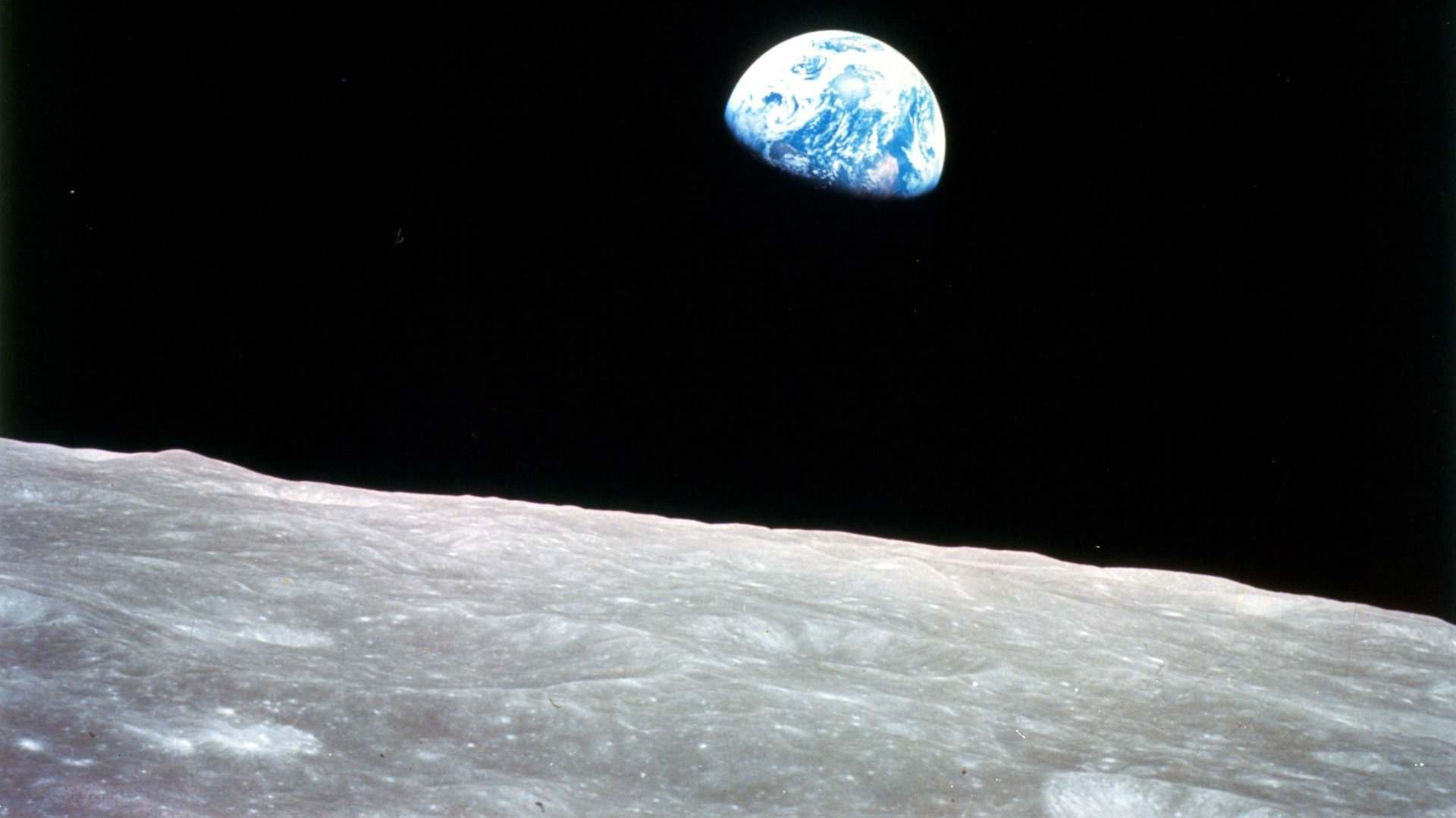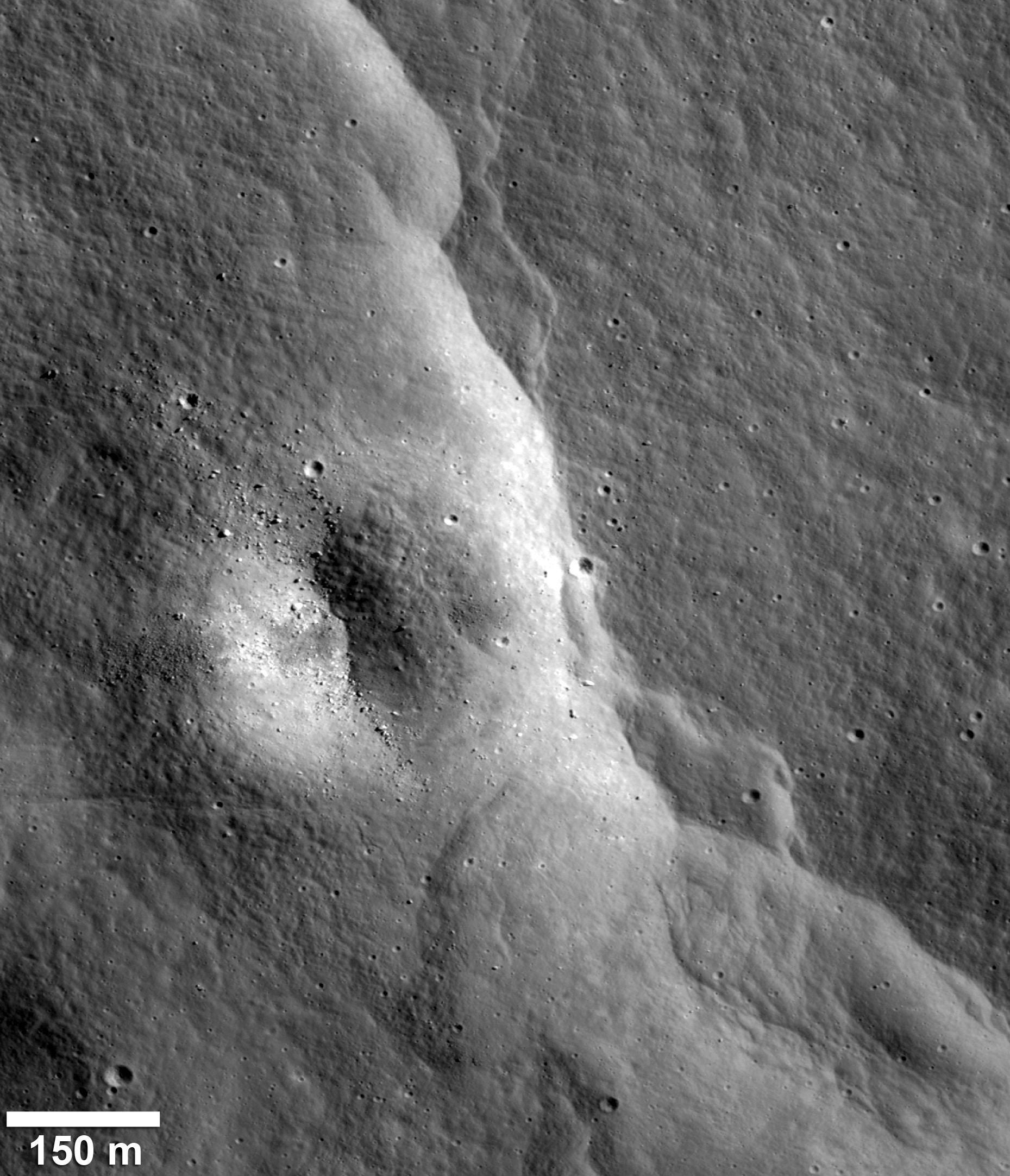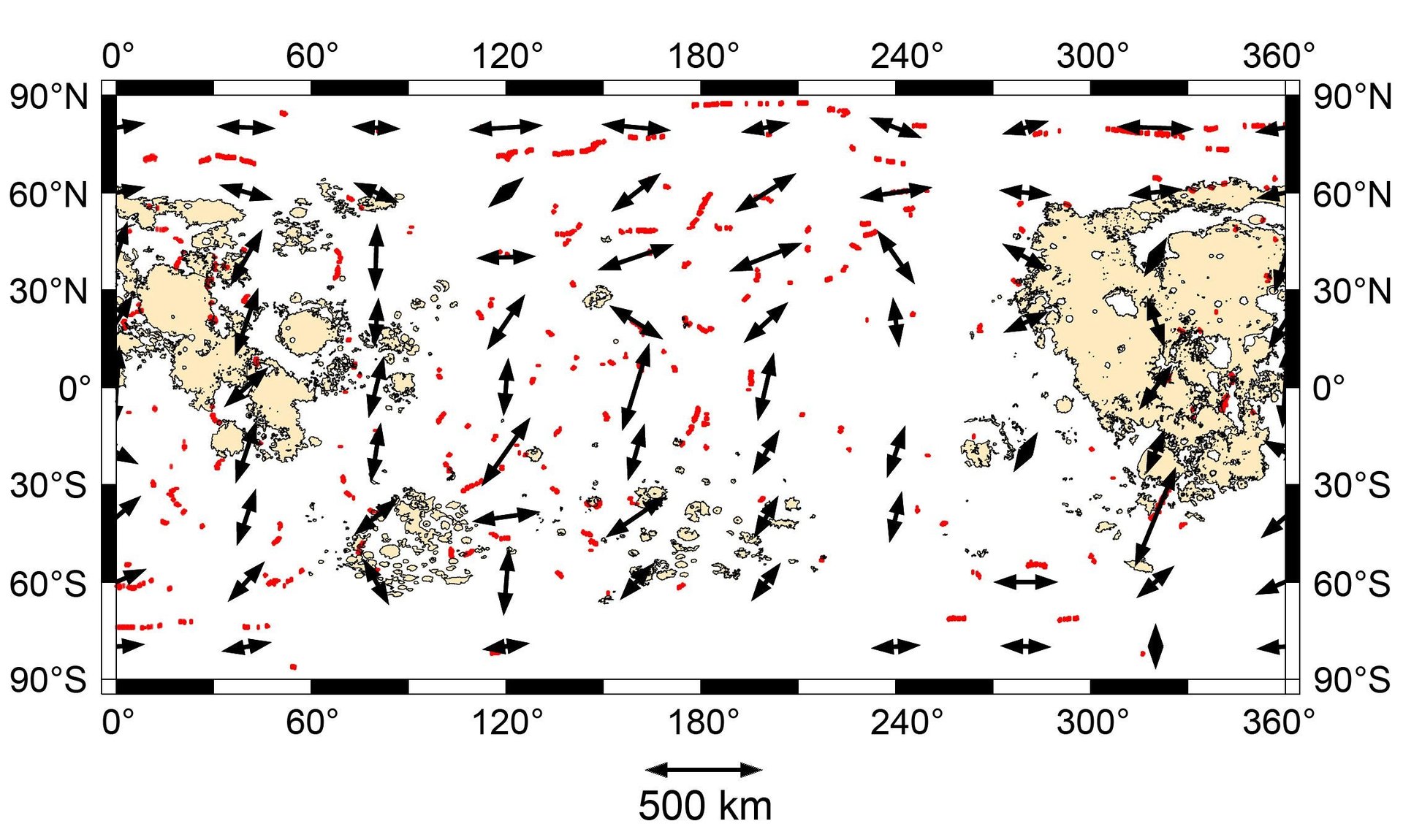Earth’s gravitational pull is reshaping the surface of the moon
American political personality Bill O’Reilly once famously said, “Tide goes in, tide goes out—never a miscommunication. You can’t explain that.” While he probably can’t explain that, scientists can: The tides are formed by gravitational forces exerted unevenly on the Earth by the moon (video).


American political personality Bill O’Reilly once famously said, “Tide goes in, tide goes out—never a miscommunication. You can’t explain that.” While he probably can’t explain that, scientists can: The tides are formed by gravitational forces exerted unevenly on the Earth by the moon (video).
The Earth’s gravitational pull has quite an effect on the moon as well. And since the moon doesn’t have a liquid ocean, the Earth’s tidal forces are manifested in other, strange ways.

In 2010, researchers examined a number of images from NASA’s Lunar Reconnaissance Orbiter (LRO) and found 14 small cracks on the moon’s surface—most less than 6.2 miles (10 kilometers) long. The researchers concluded that these faults were the result of the moon, ever so slowly, shrinking in size. As the moon’s liquid core cools, it solidifies, and its volume decreases. The core contracts and the moon’s solid crust “buckles,” forming the cracks.
Since then, LRO has found over 3,000 more of these cracks. Researchers expected them to be randomly distributed across the moon, as they are on other planets and their satellites—but that’s not what they found.
“There is a pattern in the orientations of the thousands of faults, and it suggests something else is influencing their formation, something that’s also acting on a global scale,” said Tom Watters, Smithsonian senior scientist, in a press release. ”That something is the Earth’s gravitational pull.”
While the moon’s gravity might cause our tides to rise and fall, the Earth’s gravity is causing the moon’s crust to essentially rise and fall.

The researchers observed that the cracks tended to run east-west toward the lunar poles, and north-south closer to the moon’s equator—both consistent with the Earth’s tidal forces in those areas. “The agreement between the mapped fault orientations and the fault orientations predicted by the modeled tidal and contractional forces is pretty striking,” Watters said. He and his team published their findings in the October issue of Geology.
The researchers believe the faults are very young (at least, cosmically speaking) and that more will continue to form. Sorry, moon.